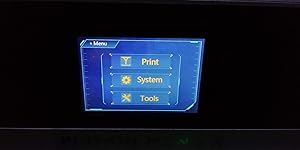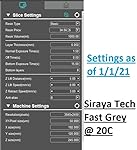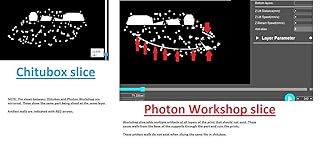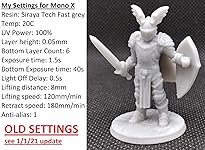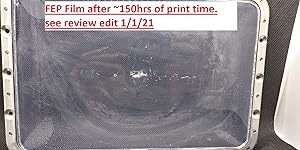






Notify me when this product is back in stock
Ready to go? Add this product to your cart and select a plan during checkout. Payment plans are offered through our trusted finance partners Klarna, PayTomorrow, Affirm, Apple Pay, and PayPal. No-credit-needed leasing options through Acima may also be available at checkout.
Learn more about financing & leasing here.
This item is eligible for return within 30 days of receipt
To qualify for a full refund, items must be returned in their original, unused condition. If an item is returned in a used, damaged, or materially different state, you may be granted a partial refund.
To initiate a return, please visit our Returns Center.
View our full returns policy here.
Style: Photon M3
Features
Brand: ANYCUBIC
Material: Aluminum, Resin
Color: Yellow, Black
Product Dimensions: 6.45"D x 7.08"W x 4.03"H
Item Weight: 7 Kilograms
Product Dimensions: 7.08 x 6.45 x 4.03 inches
Item Weight: 15.4 pounds
Date First Available: March 23, 2022
Manufacturer: ANYCUBIC
Country of Origin: China

